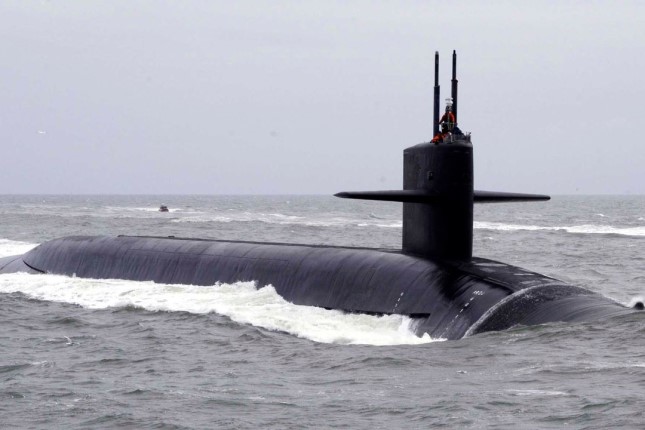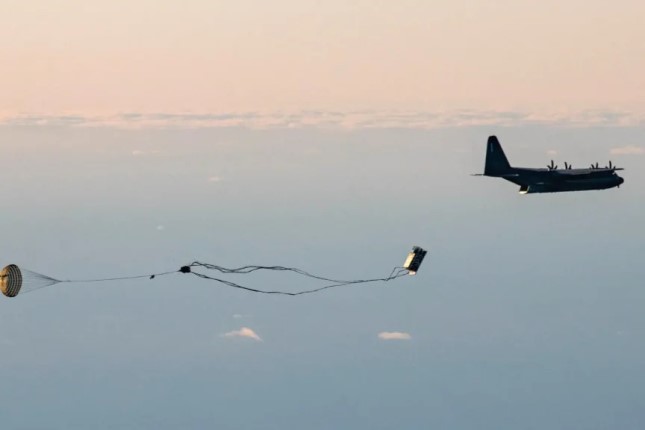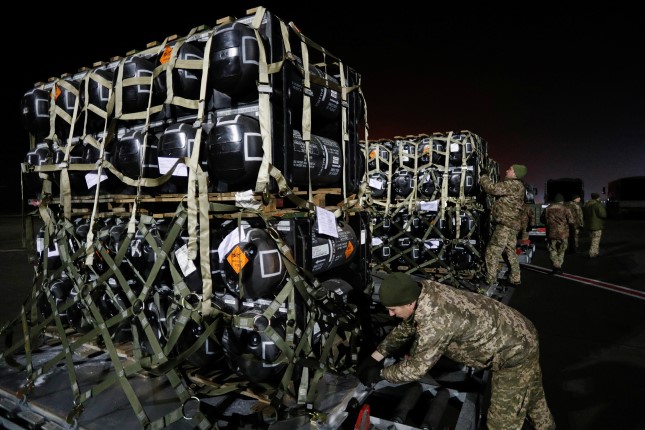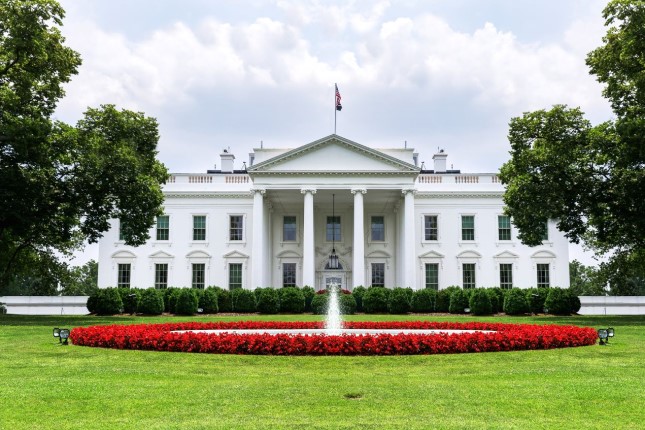The so-called Pillar 1 of the AUKUS agreement—the provision of nuclear-powered submarines to Australia—provoked widespread public opposition particularly in Australia. The joint statement by US defence secretary Lloyd Austin, Australian defence minister Richard Marles and British defence secretary Grant Shapps makes clear that preparations for the submarine fleet are proceeding apace yet have received virtually no media coverage.
The Royal Australian Navy (RAN) is due to receive the first US-built Virginia-class nuclear attack submarines in the early 2030s with the first new AUKUS-designed and Australian built nuclear submarines to be delivered in the early 2040s.
The training of RAN officers to man the nuclear submarines as well as of Australian personnel able to build and maintain them is already taking place. The joint statement boasted that “significant progress’ had been made in schooling officers in the UK and Britain who will be “the first to operate Australia’s future nuclear-powered submarines.” The first tranche of maintenance and construction personnel have begun their training at Pearl Harbour and Barrow-in-Furness shipyard in Britain.
A highly significant, though little discussed aspect of the AUKUS agreement is the stationing of US nuclear attack submarines at Australian naval bases. The Pentagon has long pushed for such access at the Stirling naval base in Western Australia and achieved that in the AUKUS pact. Australian sailors and other personnel are to begin training in Guam to facilitate the “rotational” presence of US nuclear subs which is due to commence in 2027. Already, however, the USS North Carolina visited Stirling in August, with increasing visits planned for 2024.
The so-called Pillar 2 of AUKUS involves close collaboration in the development of a broad range of sophisticated military technologies aimed at ensuring that the US and its allies keep or establish a decisive advantage in surveillance and weaponry over China. The Pentagon’s planning for war against China requires the control of waters and airspace off the Chinese mainland to mount massive air and missile strikes on military and civilian targets.
The new technologies are not simply at the research stage, but in some cases are in the process of implementation.
* The statement revealed that plans have been drawn up for “trilateral collaboration” in building three advanced deep space radar facilities—one in each country that will provide “24-hour continuous, all-weather global coverage to detect, track, and identify objects in deep space.” While the program is done in the name of ensuring “responsible use of space,” such facilities would be indispensable in the targeting of Chinese surveillance, communication and military satellites in the event of war.
Shapps told the media that the facilities would be able to detect, identify and track “threats” in space up to 36,000km away. “[It will be] more sensitive, more accurate, more powerful and agile than anything that has gone before, giving us the ability to see beyond the clouds,” he said. The first radar site in Western Australia is due to be operational in 2026, with all three in service by the end of the decade.
* The three countries are about to “deploy” artificial intelligence (AI) algorithms to boost the capacities of “multiple systems.” In particular, AI systems will be used on P-8A Maritime Patrol Aircraft to greatly enhance the tracking of Chinese submarines. AI is being used to speed up the processing and analysis of huge volumes of data obtained from sonobuoys that are dropped into the water to detect undersea objects.
* Britain, the US and Australia are also jointly involved in “experiments and exercises” aimed at boosting “the sophistication and scale of autonomous systems in the maritime domain.” In other words, as well as increasing the size and striking power of their submarine and naval fleets, the three countries are building the marine equivalent of drones, presumably both on the surface and underwater, to attack Chinese vessels.
Scientific collaboration on military projects under AUKUS extends into other areas including cyber security, the launching and recovery of undersea vehicles from torpedo tubes on submarines and the development of esoteric quantum computing technologies to enhance positioning, navigation and timing in wartime conditions where existing GPS systems have suffered damage.
Australia’s defence minister Marles, speaking at the National Press Club in Canberra last week, flatly denied that AUKUS was fuelling an arms race with China, declaring: “We are responding to it… We must be able to deter conflict before it begins, and certainly before it reaches our shores.”
Any objective examination of the last decade, however, makes clear that the US, backed to the hilt by Australia, has dramatically escalated the confrontation with China, which it regards as the chief threat to its global domination. Beginning with President Obama’s so-called “pivot to Asia,” US imperialism has expanded its military forces in the Indo-Pacific, strengthened its military alliances throughout the region, and carried out naval and aerial provocations in the air and waters close to the Chinese mainland.
AUKUS reestablishes the closest collaboration between the three imperialist powers that waged World War II in the Pacific against Japan. However, it is at the apex of partnerships and alliances being strengthened across the Indo-Pacific including with Japan, South Korea, New Zealand and India, as well as NATO allies in Europe, in preparation for war with China. Military exercises and war games involving these countries have dramatically expanded this year in scale and frequency.
Significantly, Australia has just patched up relations with France that were badly damaged when the Australian government abrogated a major contract with a French company to build conventional submarines after the AUKUS pact to acquire nuclear submarines was announced. French foreign minister Catherine Colonna met with her Australian counterpart Penny Wong in Canberra yesterday and signed an agreement to grant “enhanced” access to each other’s military bases and training facilities in the Indo-Pacific.
The wartime character of AUKUS has been underscored by the Australian government’s introduction of legislation into parliament last week to impose a blanket of secrecy over companies and individuals involved in defence industries and any research that could have military applications. Firms producing military or dual-use technology will have to seek an exemption to employ foreign workers from a range of countries, including China and India. Researchers in defence-related areas will have to apply for a permit if they want to share information with an international collaborator and could face jail if they breach the requirement.
Photo: The USS West Virginia, one of the nuclear-powered and nuclear-armed Ohio class of of US Navy submarines.
Source: World Socialist Web SIte.































